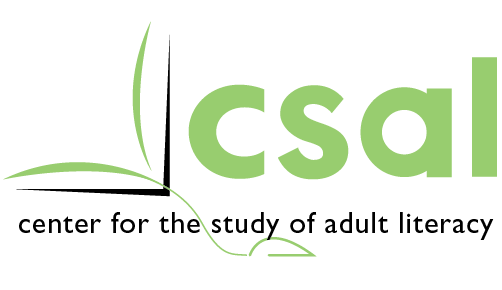Description of Intervention
Our intervention adhered to the NAS report’s (Lesgold & Welch-Ross, 2012) recommendations that effective literacy instruction for adult learners: (i) must target word recognition, fluency, vocabulary, reading comprehension, and strategies for deeper analysis and understanding of texts; (ii) must combine explicit teaching and extensive practice on motivating and varied texts and tasks matched to the learner’s skills and background, literacy needs, and goals; and (iii) must target explicitly the automation and integration of component skills (pp. 9-4-5). Our participants were offered 100 hours of instruction and consists of a hybrid program including four components: Adult PHAST, Adult PACES, AutoTutor and Independent Reading of high interest/low vocabulary books and reading texts on the Internet. The teacher-led components of the instruction were based on a program developed for struggling readers in high school reading at the same level as adults in the CSAL classes; that program is known as PHAST PACES for high school and has been evaluated and reported to produce gains relative to controls on standardized measures of decoding and reading comprehension skills (Lovett, Lacerenza, De Palma, & Frijters, 2012). For examples of Adult PHAST PACES curricula alignment with the College and Career Readiness Standards, click here.
References:
Lesgold, A. M., & Welch-Ross, M. (2012). Improving adult literacy: Options for practice and research. Washington, DC: Committee on Learning Sciences: Foundations and Applications to Adolescent and Adult Literacy. National Research Council, National Academy of Sciences.
Lovett, M. W., Lacerenza, L., De Palma, M., & Frijters, J. C. (2012). Evaluating the efficacy of remediation for struggling readers in high school. Journal of Learning Disabilities, 45(2), 151-169.
